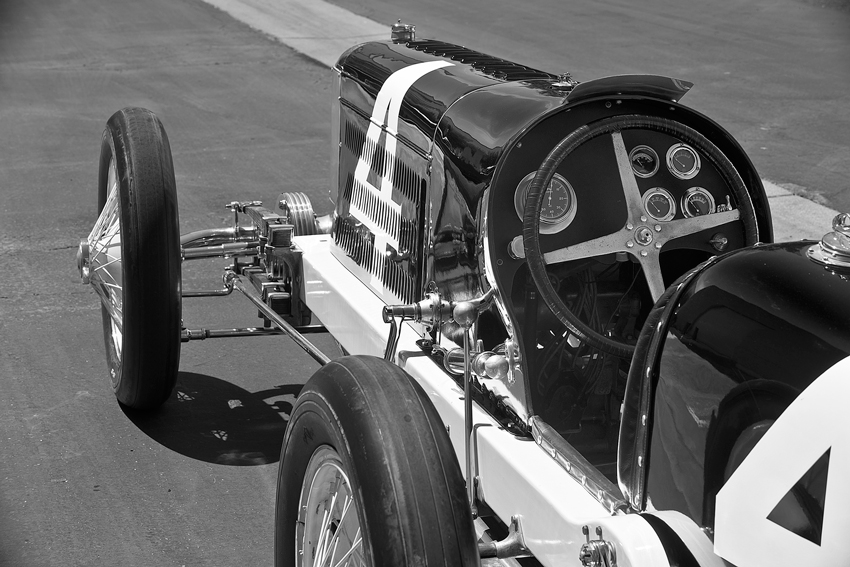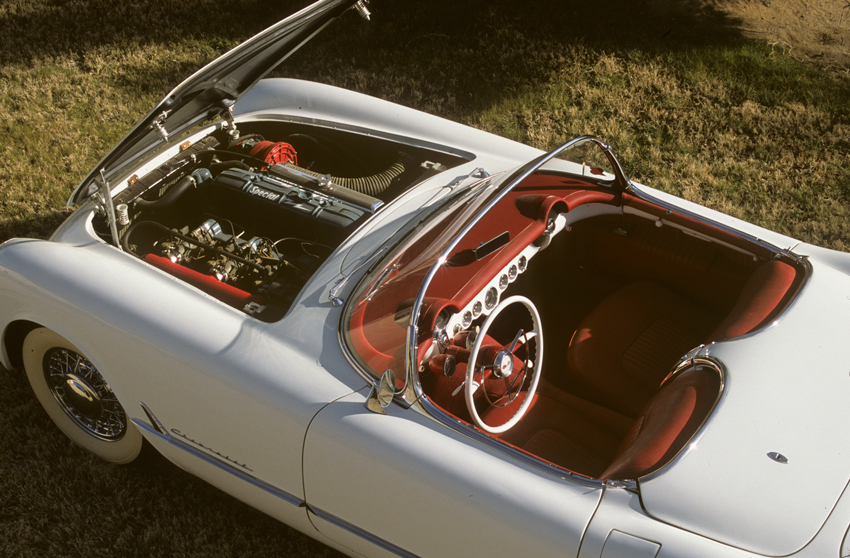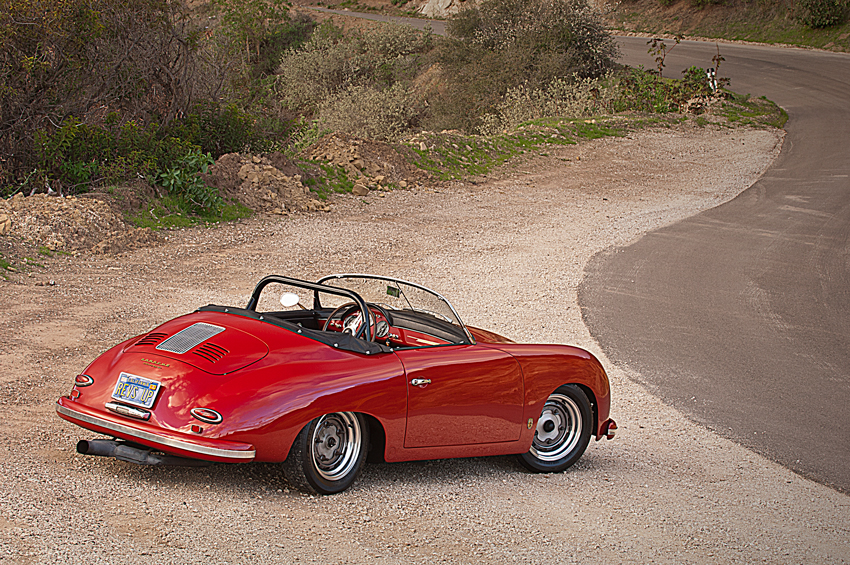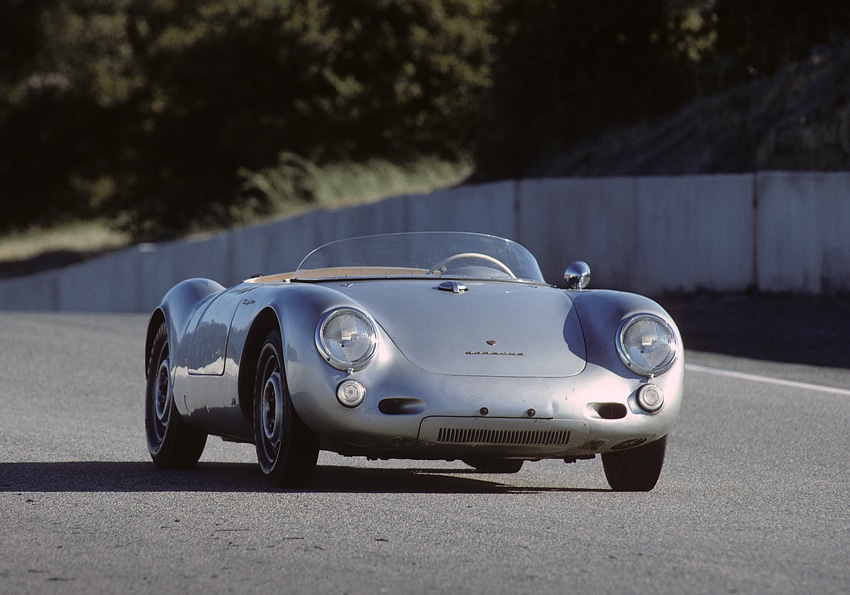Tis the season to plan strategy
As your collection has grown, it’s likely your collecting plan has matured. Some vehicles have emerged as essential elements of what you are trying to put together, of what element of automotive history you want to study and explain to others. As you develop your critical list and scour the sales catalogs, some frustration may arise: in some instances, the car you want simply is not available. Perhaps the manufacturer assembled very few and every significant example is in another collection and is not for sale. Then an example comes along – not the example that’s on your list, but a good version of what you really want.
This is the role of a placeholder and, to abuse Shakespeare, to buy or not to buy, that is the question.

Be Wary and Wise
Diligence certainly is required whether you are acquiring the dream or the surrogate. Careful and thorough research and examination by a trusted technician is as important as if you were pursuing your true goal. This car will appear in your collection, filling the hole in your engineering, design, racing, or sociological story line. But as you check one need off your list, prudence will help you ensure that your placeholder investment is not financially harmful. It is not unheard of to solicit potential successor owners even as you negotiate your placeholder.
“Sometimes you can get on the train,” Miles Collier suggested in an interview in early 2013. “We’ve done that in the past. We probably did that with the Panhard et Levassor. These things never come along and they really are worth a lot. Here’s one that’s available. It’s really not great but at least while we wait for what we want, it gets us on the train. As they get harder and harder to find, worth more and more money, well, I’ve got one. And then you can always dump it – because it will always be desirable – and buy a better one. And that’s what we did. I bought a placeholder.”
“Now that desire’s not burning a hole in your pocket – gee, I gotta have…” Collier continued. “You’ve got one. And you can be much more reflective about the next one.”
Another benefit of the placeholder is that eventually it may become a duplicate in your collection. This can be useful as fodder for a trade with another willing collector who owns something you desire but for which he does not want to enter a financial transaction.

Be Ruthless and Disciplined.
“But be ruthless about upgrades,” Collier insisted. “Don’t get attached to an object so that when a better one comes along…. As much as I love this, I’m going to kiss it on the head and send it down the road.”
That can be difficult. For some collectors it is impossible and their collections grow to encompass several versions of the same automobile. While the collection stays focused it expands in ways that may have been unintentional.
“We had grown our collection haphazardly,” Bob Ingram confessed in an interview in 2012. “We had done it without a plan. It was at that point that Cam and Kevin [Watts] sat down and we began to talk about where we were and what we should do. We needed to think about themes within the collection, and about upgrading the overall collection.” For their collection of Porsche 356 and 911 models, the strategy of finding placeholders worked well.
As he and his wife Jeanie built their collection, they acquired three separate 1959 Porsche 356 Carrera GS coupes. Each is a good car but as it turned out, the first two served as placeholders for the final acquisition. “All Carrera GS 356s are special in nature,” Ingram explained. “But buying one from the original owner, painted black from the factory, ordered with Rudge wheels, and with the original window sticker…, it does not get any better.”
The placeholder serves still another purpose. If a collector wants a specific model right away and he or those who help him find cars have located a nice example – but perhaps not perfect – the placeholder strategy provides an instant enjoyment factor. Because, theoretically, that car will continue to go up in value.” It’s not the right car, but it’s the car right now. Ironically, many collectors later admit seller’s remorse after acquiring the “right car” and selling the placeholder. They wish they had kept the imperfect “driver” version with the stone chips and the faded paint for guilt-free enjoyment.
Elsewhere in this issue you have read contributor Richard Newton’s advice on approaching – on strategizing – selling a car in the August round of auctions in California (See: Selling Your Car in Monterey?). In our June issue he will guide you through the best ways and means to purchase a car there. Your success will depend on your goals and your strategy.





